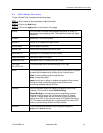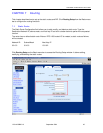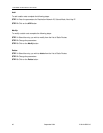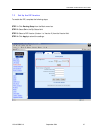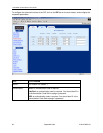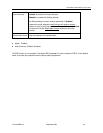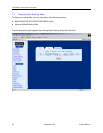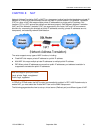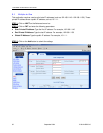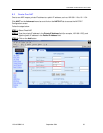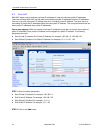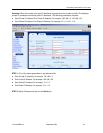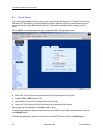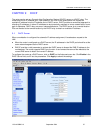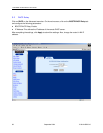
1740 SHDSL 2/4-Wire Router User’s Guide
CHAPTER 8 NAT
Network Address Translation (NAT or NAPT) is a transparent routing function that translates a private IP
address on a LAN into a public address that can be used in a public network. Port Address Translation
(PAT) is a form of NAT that maps multiple private IP addresses to a single public IP address. Port
numbers (TCP or UDP) ensure that packets are delivered properly. Both Network Address Translation
(NAT) and Port Address Translation (PAT) are supported by this router. NAT and PAT are common
solutions for: overcoming the shortage of public IP addresses, security (private IP addresses are not
transparent), and assisting network administration.
The router supports many types of NAT functions, including:
Fixed-NAT: this maps a private IP address to a public IP address.
Multi-NAT: this maps multiple private IP addresses to multiple public IP address.
PAT: When private IP addresses are more than public IP addresses, port address translation is
supported to translate the public IP addresses.
Note the usage of synonyms below:
Local: private, illegal, unregistered
Public: legal, registered
In PPPoE or PPPoA mode, the NAT function is automatically enabled. In RFC 1483 Routed mode, to
enable NAT, you must select the Enable NAPT item on the WAN Setup screen.
The following pages describe how to set up a virtual server (Redirect port) and different types of NAT.
1740-A2-GB20-10 September 2004 51



